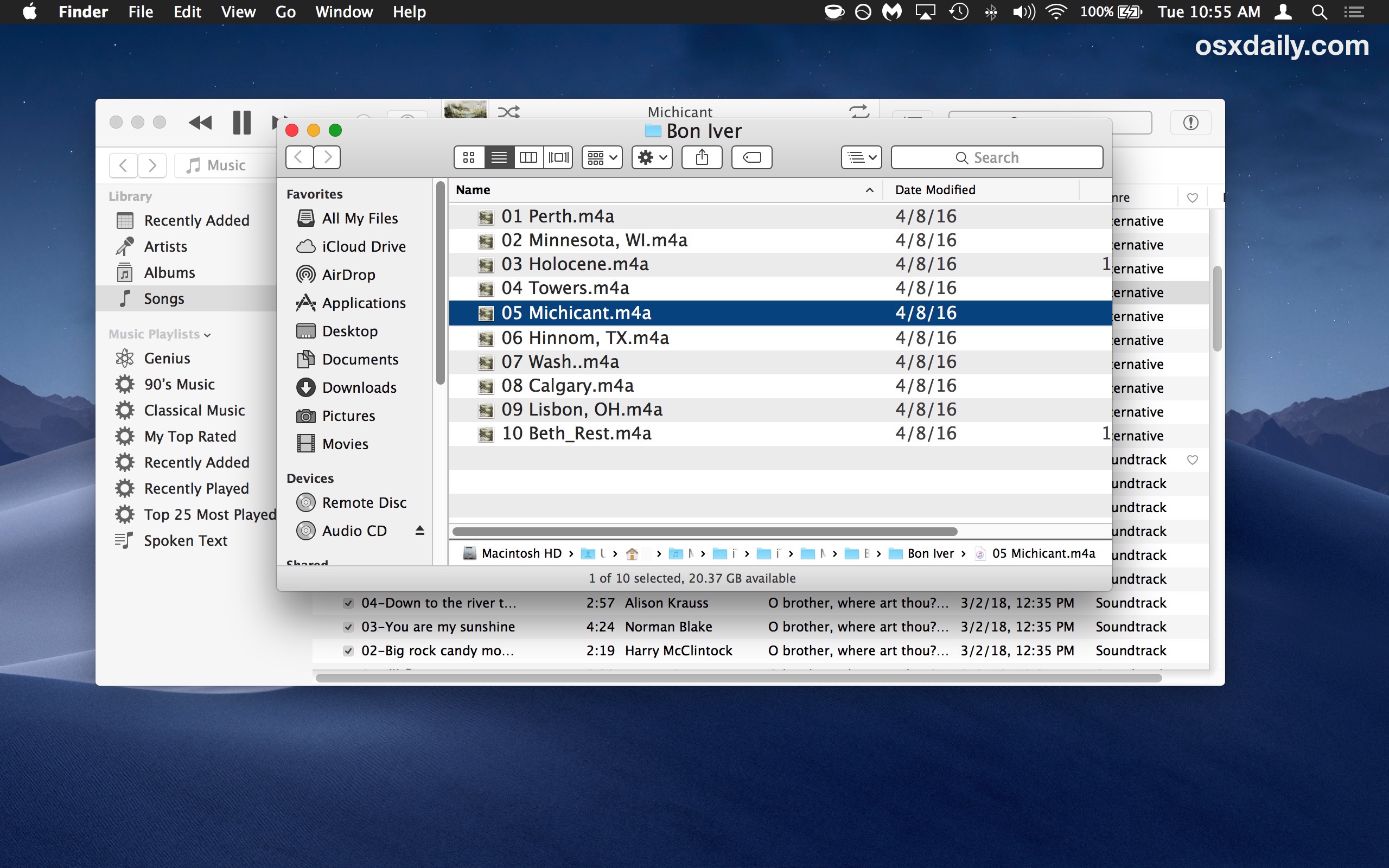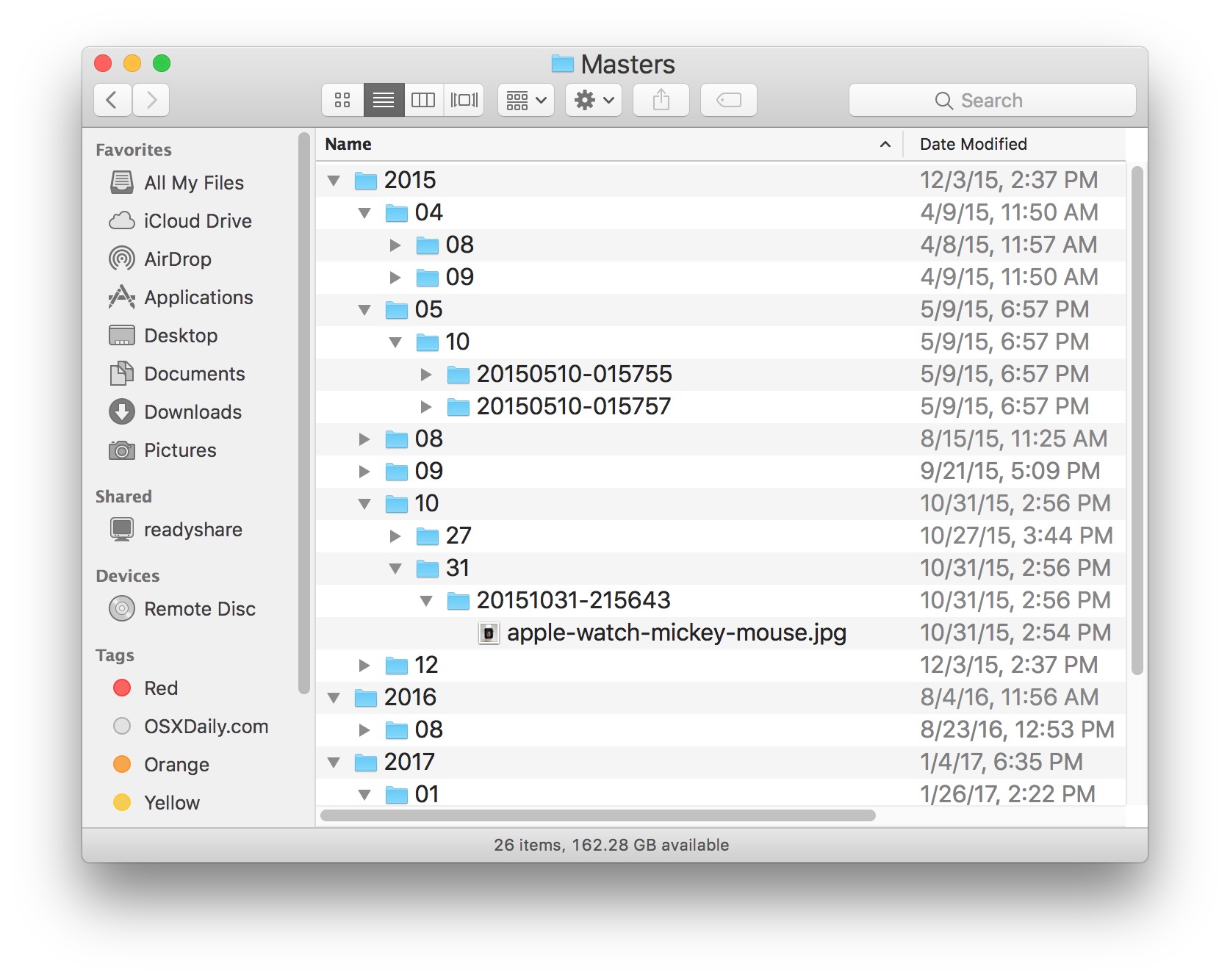

- Accessing music files on mac how to#
- Accessing music files on mac update#
- Accessing music files on mac mac#
If you want to make some room on your Mac, it may be time to clean out your Downloads folder.

You can start by removing items you don't need, including caches for your web browser, saved Apple Music streams, and photo previews.Ī note on deleting cache folders: You only want to delete old and unnecessary files, as current cache files store your preferences. Now that you know how much space your Other files are taking up, it's time to reduce their footprint on your Mac.
Accessing music files on mac mac#
Your Mac breaks down its storage categories as follows: Apps, Movies, Photos, Audio, Backups, and - that annoying, undescriptive category - Other. Select the Apple Menu icon in the upper left corner of the screen.Click on your desktop or the Finder icon from the Dock.If you are concerned with how much storage space you have remaining on your Mac computer, you can check its usage folder to see how much space each category is taking up, including Other.
Accessing music files on mac how to#
How to check your storage space on your Mac Though your Other storage might have been spread out across categories in macOS Sierra and higher, you can still follow the below steps to manually clean up your Mac and get rid of unnecessary files. Purgeable files also include caches and temporary files that used to fit into the Other category, which will also be deleted as your hard drive starts to fill up. The Purgeable files are what Optimized Storage will move to iCloud and delete from your hard drive only if your hard drive starts to get full. Older documents are stored in iCloud, while a shortcut icon is kept on your Mac (files are automatically re-downloaded to your Mac as soon as you open them).

When you move your Documents into iCloud (part of the Store in iCloud component) and your hard drive gets low on storage, only recently opened files are kept on your Mac. This is part of Apple's Optimized Storage service.

Accessing music files on mac update#
As for SDXC cards that already have saved files, the company provides detailed instructions on how to download the files to your computer without issue.įujifilm says it’s working on a firmware patch to “limit the number of files that can be written to a single folder.” It’ll be available as a free update to all affected X series and GFX series cameras, but it doesn’t specify when it’s planning to roll it out.If you check your system storage graph in macOS, you'll probably discover a category called Purgeable. Once a folder has close to 1,000 frames, Fujifilm says to create a new folder in-camera and store any additional frames there. The company says if the memory card isn’t ejected correctly and is then “directly connected and accessed a second time using macOS,” some files may get deleted.įujifilm also asks customers with new or recently-formatted SDXC cards to avoid saving more than 1,000 frames to a single folder in-camera. In the post, Fujifilm warns customers to be extra careful to eject their memory cards properly and recommends following the steps outlined on Apple’s site. There are a few other cameras that are only affected if they have a specific firmware version, including the GFX50S (version 4.00 and up), GFX50R (version 2.00 and up), and X-T3 (version 3.20 and up). In each case, the issue remains the same: users connect their memory card to their Mac, only to have just 4,096 files show up, despite having more images and videos accessible when the SDXC card is in their camera.Ĭamera models affected by the issue include the GFX100, GFX100S, GFX50S II, X-Pro3, X-T4, X-S10, X-E4, X-T30 II, X100V. The issue has been around since at least May 2021Īlthough Fujifilm says the problem occurs when “more than 4,000” files are stored in a single folder on the memory card, the exact amount seems to be 4,096, as indicated by user reports that reach as far back as at least May 2021.


 0 kommentar(er)
0 kommentar(er)
